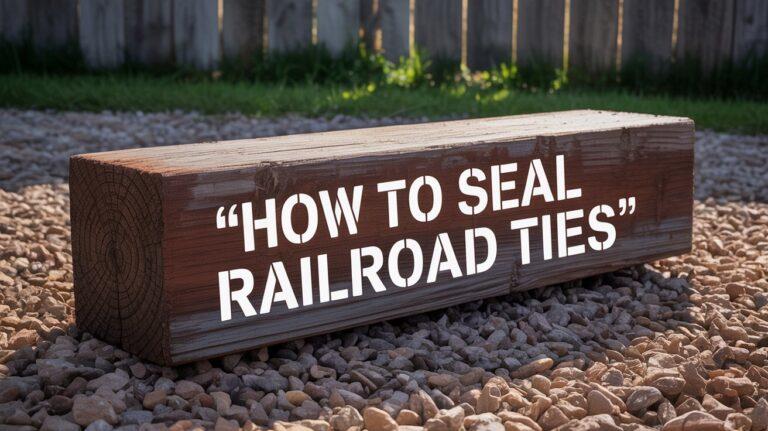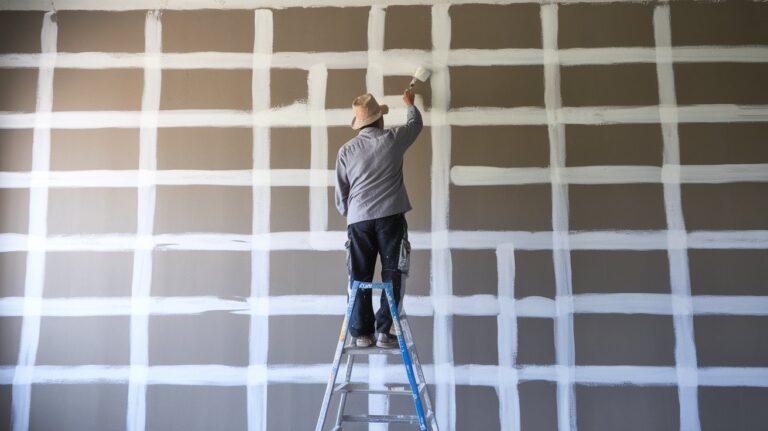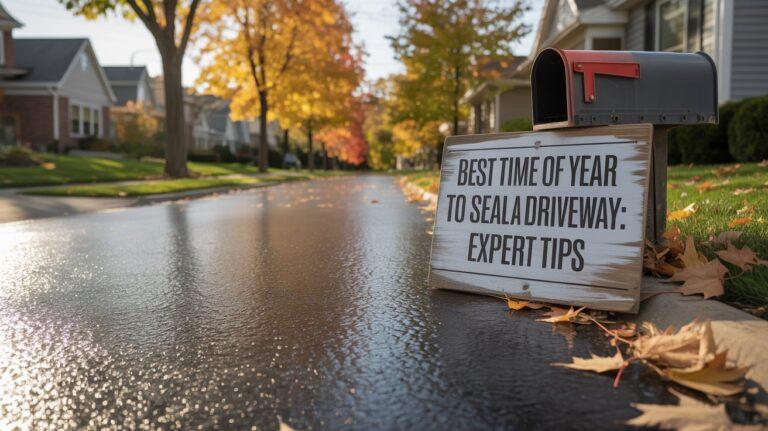Can You Seal Pressure Treated Wood: Top Tips for Properly Sealing
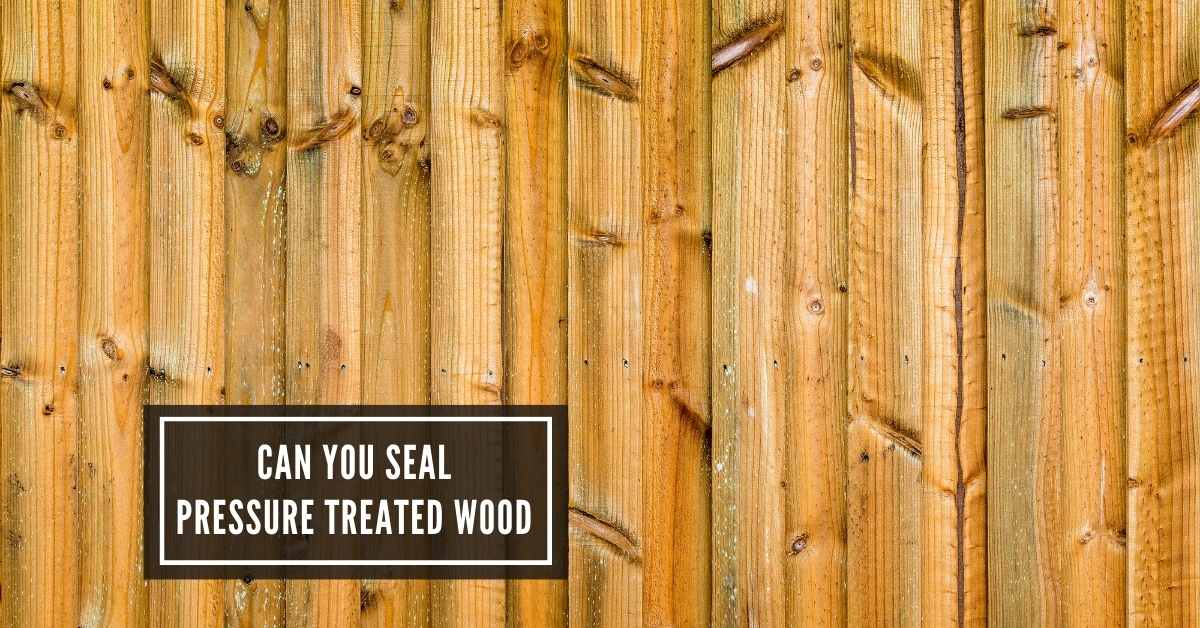
Yes, you can seal pressure treated wood for added protection. It is important to wait until the wood is completely dry before applying a sealant.
Sealing pressure treated wood is a crucial step in ensuring its longevity and maintaining its appearance. Pressure treated wood is treated with chemicals to resist rot, decay, and insect infestation, making it a durable option for outdoor projects like decks, fencing, and garden structures.
By sealing the wood, you create a barrier that protects against moisture and UV rays, which can further extend the life of your wooden structures. Proper sealing helps prevent water absorption, which can lead to warping and cracking, and also enhances the natural beauty of the wood. Before sealing, always check the manufacturer’s recommendations to ensure compatibility with the specific type of treated lumber you are using.
Pro Tips Revealed for Pressure Treated Wood
Pressure treated wood is lumber that has undergone a process to make it more resistant to decay and pests. The wood is placed in a depressurized holding tank, where chemical preservatives are infused deep into the wood fibers. This pressure treatment extends the life of the wood, making it a popular choice for outdoor use.
Benefits And Common Uses Of Pressure Treated Wood
- Durability: Resists rot, insects, and degradation.
- Longevity: Lasts longer in outdoor conditions.
- Versatility: Ideal for decks, fences, and play structures.
Myths And Misconceptions About Sealing Pressure Treated Wood
Many believe that pressure treated wood doesn’t require sealing. This is not true. Sealing can further enhance the wood’s durability. Another misconception is that the wood needs to be sealed immediately. It’s often recommended to let the wood dry before applying a sealant for optimal adherence.
To Seal Or Not To Seal: The Debate
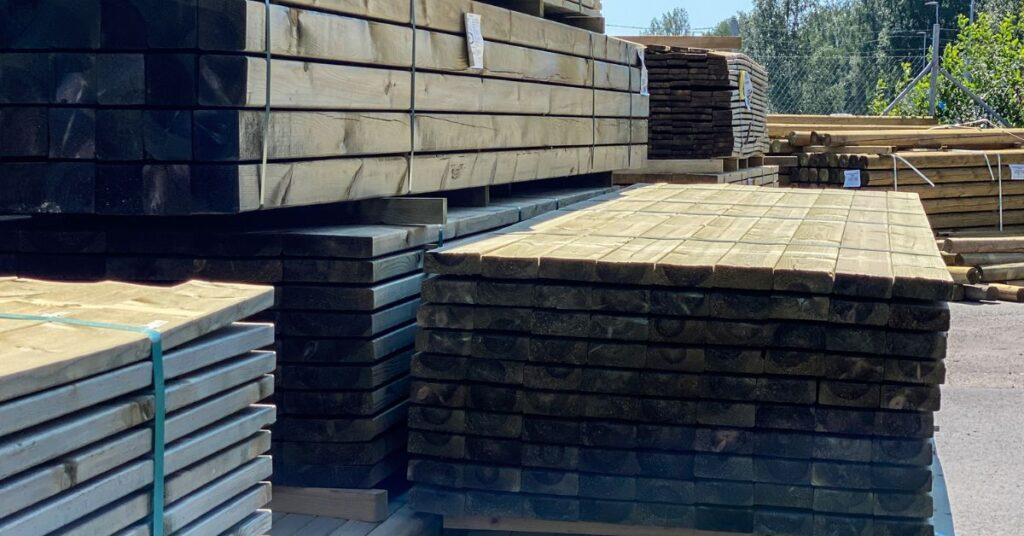
To Seal or Not to Seal: The Debate stirs among homeowners and professionals alike when it comes to pressure treated wood. This type of wood gets treatment to resist insects and decay. But does it need extra protection from the elements with a sealant? Let’s dive into the advantages, potential risks, and factors influencing the sealing decision.
Advantages Of Sealing Pressure Treated Wood
Sealing pressure treated wood offers several benefits:
- Enhanced Durability: Sealants can further protect surface longevity.
- Moisture Resistance: Wood less likely to warp or swell with a proper seal.
- Improved Aesthetics: Sealant enhances wood’s natural appearance.
- UV Protection: Prevents sunlight from graying wood over time.
Potential Risks And Downsides To Sealing
However, sealing is not without its downsides:
- Trapped Moisture: Incorrectly applied sealant may trap moisture.
- Regular Maintenance: Sealed wood requires reapplication of sealant.
- Cost: Initial and ongoing financial investment for sealant and labor.
How Weather And Usage Affect The Decision To Seal
Local climate and wood usage play pivotal roles:
- High Humidity: More prone to moisture issues; sealing may be vital.
- Direct Contact with Ground: Risks of decay higher; consider sealing.
- High Traffic: Decks and walkways may benefit from the extra protection.
- Shaded Areas: Less UV exposure might not require sealing.
Professional Tips For Sealing Pressure Treated Wood
Sealing pressure treated wood is key to its longevity and durability. Knowing when to seal and what products to use is crucial. Professionals share their insights here.
When Is The Right Time To Seal Pressure Treated Wood?
Timing is everything. Pressure treated wood contains moisture from the treating process. It needs time to dry. An easy moisture test can help. Sprinkle water on the wood’s surface. If the wood soaks it up, it’s time to seal.
Choosing The Best Sealants For Pressure Treated Wood
Selecting the right sealant is a balancing act between protection and aesthetics. Options abound, from clear sealers to tinted stains. Look for products with UV blockers and water repellents for the best results.
Step-by-step Guide To Properly Sealing Pressure Treated Wood
- Clean the surface of the wood.
- Perform a moisture test to ensure it’s ready.
- Apply sealant with a brush or roller.
- Work in manageable sections, maintaining a wet edge.
- Allow the sealant to dry completely.
Maintenance Tips After Sealing: Ensuring Longevity
- Clean the wood regularly.
- Reapply sealant as recommended.
- Check for wear and tear periodically.
- Address any damage promptly.
Frequently Asked Questions
How Long Do You Have To Wait To Seal Pressure Treated Wood?
Wait 3 to 6 months before sealing pressure treated wood to ensure proper drying and absorption of the sealant.
Is It Better To Stain Or Seal Pressure Treated Wood?
Staining pressure treated wood enhances its appearance while sealing protects it from moisture. Both have benefits; choosing depends on your desired aesthetic and protection level.
Should I Use Thompson Water Seal On Pressure Treated Wood?
Yes, you can apply Thompson’s Water Seal to pressure treated wood to provide extra protection against moisture and decay. Allow new wood to dry first.
Can Pressure Treated Plywood Be Sealed?
Yes, pressure treated plywood can be sealed. Apply a water-repellent sealer after the wood has fully dried for protection and durability.
Is Sealing Pressure Treated Wood Necessary?
Sealing pressure treated wood helps to prolong its lifespan by protecting it from the elements and reducing the risk of decay and insect damage.
Conclusion
Sealing pressure-treated wood is essential to ensure longevity and aesthetic appeal. By choosing the right sealant and applying it correctly, you safeguard your investment. Remember that timing is crucial; wait for the wood to dry fully. Take the leap and protect your outdoor projects – your deck or fence will thank you for years to come!

I am Robert Sandin, a professional sealing expert with a diverse range of expertise. From concrete to various other materials, I possess in-depth knowledge and experience in the art of sealing. On my website, I offer valuable tips and expert recommendations on sealing techniques and products for different materials. Whether it’s concrete, wood, metal, or more, I am committed to providing you with the guidance you need for successful sealing projects.

